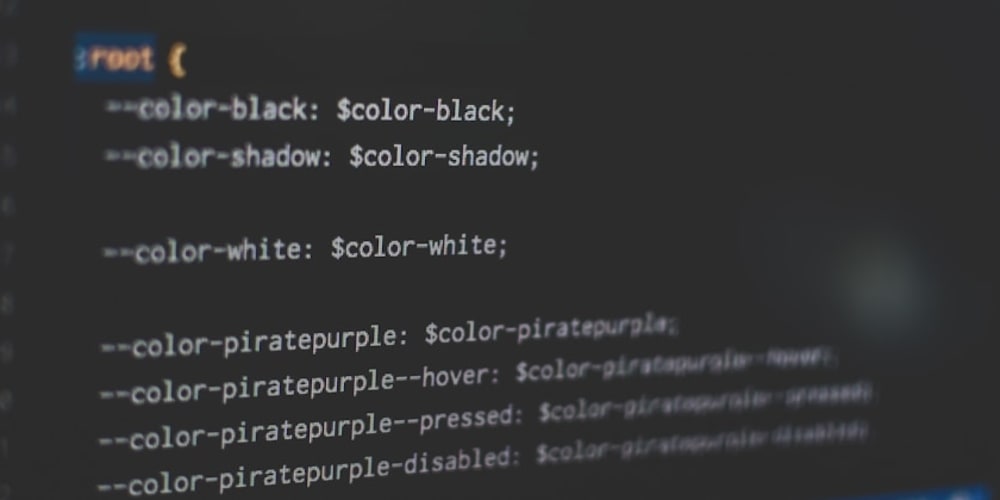Driving SMB Competitiveness with High Frequency Trading and AI
Introduction
In today's digital landscape, where information flows at lightning speed and market dynamics shift constantly, businesses of all sizes are grappling with the need to adapt and compete. This is especially true for Small and Medium-sized Businesses (SMBs), which often face resource constraints and a lack of sophisticated data analysis capabilities compared to their larger counterparts. However, the rise of High Frequency Trading (HFT) and Artificial Intelligence (AI) offers a new avenue for SMBs to unlock their potential and gain a significant competitive edge.
1. Key Concepts, Techniques, and Tools
1.1 High Frequency Trading (HFT)
HFT is a type of algorithmic trading that uses computer programs to execute trades at extremely high speeds, often within milliseconds or even microseconds. This rapid execution relies on sophisticated algorithms that analyze market data, identify patterns, and place orders based on predefined rules. HFT is commonly associated with large financial institutions, but its potential for SMBs is becoming increasingly evident.
1.2 Artificial Intelligence (AI)
AI encompasses a range of technologies designed to mimic human intelligence, including machine learning, deep learning, and natural language processing. In the context of trading, AI enables algorithms to learn from vast datasets, identify complex patterns, and make more informed decisions than traditional trading methods.
1.3 Key Tools and Frameworks:
- Python: A versatile programming language widely used for data analysis, machine learning, and algorithmic trading.
- R: A statistical programming language specifically designed for data analysis and visualization.
- TensorFlow: An open-source machine learning library developed by Google.
- PyTorch: Another popular open-source machine learning library known for its flexibility.
- QuantLib: A free, open-source library for quantitative finance.
- Backtesting Frameworks: Tools like Zipline and Backtrader allow for simulated trading of strategies before deploying them in live markets.
1.4 Current Trends and Emerging Technologies:
- Cloud Computing: Cloud platforms provide the necessary infrastructure and computing power to run HFT and AI algorithms efficiently.
- Edge Computing: Deploying HFT algorithms closer to data sources can reduce latency and improve execution speeds.
- Quantum Computing: The potential of quantum computers to solve complex computational problems could revolutionize HFT and AI-powered trading.
2. Practical Use Cases and Benefits
2.1 Use Cases:
- Market Making: SMBs can use HFT algorithms to act as liquidity providers in specific markets, profiting from the bid-ask spread.
- Arbitrage: Identifying and exploiting price discrepancies across different markets can yield significant returns.
- Trend Following: AI algorithms can analyze historical data and predict future market trends, allowing SMBs to capitalize on market movements.
- Risk Management: AI-powered systems can help SMBs better understand and manage their risk exposure.
2.2 Benefits:
- Increased Profitability: HFT and AI can enhance trading efficiency and profitability by maximizing returns and minimizing losses.
- Faster Execution Speeds: Reduced latency allows SMBs to react to market events more quickly and capitalize on fleeting opportunities.
- Improved Decision Making: AI algorithms can provide valuable insights and predictions, enabling better trading decisions.
- Enhanced Market Access: HFT and AI can democratize trading, allowing SMBs to compete with larger players on a more equal footing.
2.3 Industries and Sectors:
- Financial Services: Trading, investment management, and asset management.
- E-commerce: Price optimization, inventory management, and order fulfillment.
- Supply Chain Management: Forecasting demand, optimizing logistics, and managing inventory.
- Agriculture: Weather forecasting, crop yield prediction, and precision farming.
3. Step-by-Step Guides, Tutorials, and Examples
3.1 Simple HFT Strategy - Trend Following
Step 1: Collect historical price data for a specific asset.
Step 2: Use a moving average crossover strategy to identify potential trends.
Step 3: Implement the strategy using a Python library like Zipline or Backtrader.
Step 4: Backtest the strategy on historical data to assess its performance.
Step 5: If the results are promising, deploy the strategy in live markets.
Code Snippet (Python using Zipline):
from zipline.api import order_target_percent, symbol
def initialize(context):
context.set_commission(commission.PerShare(cost=0.01))
context.set_slippage(slippage.FixedSlippage(spread=0.01))
context.asset = symbol('AAPL')
def handle_data(context, data):
price = data.current(context.asset, 'price')
ma_short = data.history(context.asset, 'price', bar_count=10, frequency='1d').mean()
ma_long = data.history(context.asset, 'price', bar_count=50, frequency='1d').mean()
if ma_short > ma_long:
order_target_percent(context.asset, 1)
elif ma_short < ma_long:
order_target_percent(context.asset, -1)
3.2 AI-Powered Price Prediction
Step 1: Collect historical price data and other relevant market data.
Step 2: Use a machine learning model like LSTM (Long Short-Term Memory) to predict future prices.
Step 3: Train the model on the collected data and validate its accuracy.
Step 4: Implement the model in a trading algorithm and backtest its performance.
Step 5: Deploy the algorithm in live markets for automated price prediction and trading.
4. Challenges and Limitations
- High Costs: Implementing HFT and AI requires significant investments in hardware, software, and skilled personnel.
- Technical Complexity: Developing and maintaining sophisticated trading algorithms requires expertise in programming, data analysis, and machine learning.
- Market Volatility: Rapid market fluctuations can disrupt HFT strategies and lead to unexpected losses.
- Regulatory Compliance: HFT and AI trading are subject to regulations and oversight, requiring compliance with specific rules and guidelines.
5. Comparison with Alternatives
5.1 Traditional Trading Methods:
While HFT and AI offer significant advantages, they are not suitable for all situations. Traditional trading methods still hold relevance for investors seeking long-term value or who prefer a more hands-on approach.
5.2 Robo-Advisors:
Robo-advisors provide automated investment management services, but they typically focus on long-term portfolio management rather than high-frequency trading.
6. Conclusion
HFT and AI are powerful tools that can level the playing field for SMBs by enabling them to compete with larger players. These technologies offer significant benefits in terms of efficiency, profitability, and market access. However, careful planning, technical expertise, and understanding of the potential challenges are crucial for success.
7. Call to Action
- Explore HFT and AI resources: Research online tutorials, courses, and documentation to gain a deeper understanding of these technologies.
- Start small: Implement simple HFT and AI strategies on a limited scale to test their effectiveness and manage risk.
- Collaborate with experts: Connect with experienced traders, developers, and data scientists to leverage their expertise and accelerate your learning process.
8. Future of HFT and AI in SMBs
The future of HFT and AI in SMBs is bright. As these technologies continue to evolve and become more accessible, they will empower even more businesses to harness their potential and thrive in the competitive digital landscape. The ongoing development of cloud computing, edge computing, and quantum computing will further enhance the capabilities of HFT and AI, offering exciting possibilities for innovation and growth.
Note: This article provides a comprehensive overview of the topic and serves as a starting point for further exploration. More detailed information on specific techniques, tools, and best practices can be found in relevant resources and online communities.


















